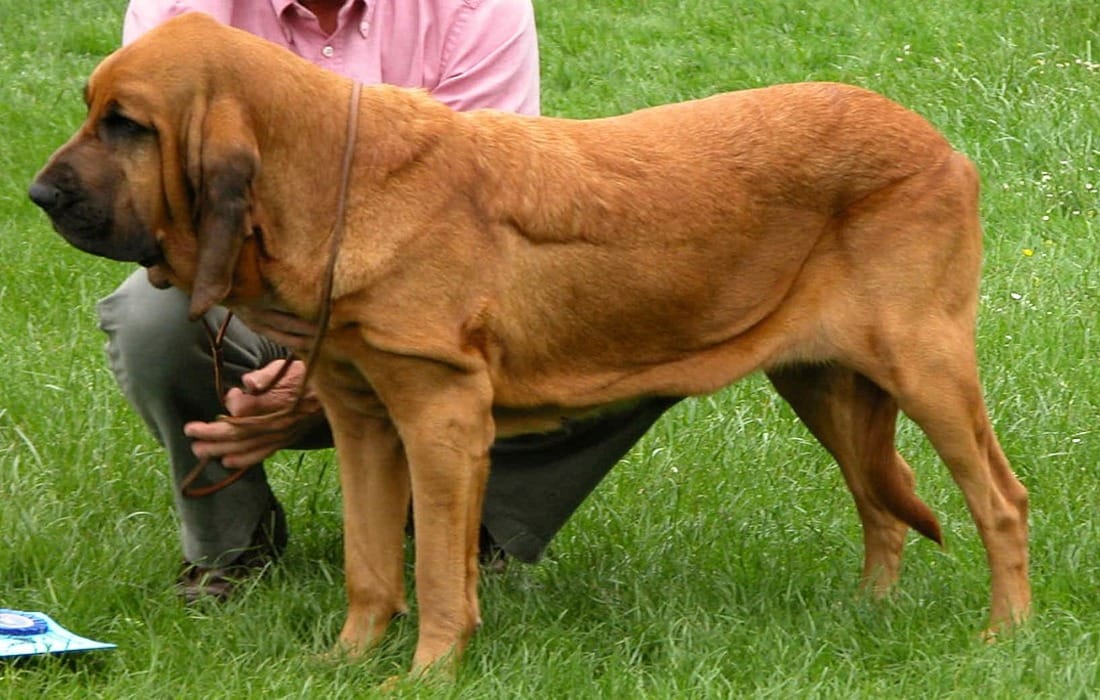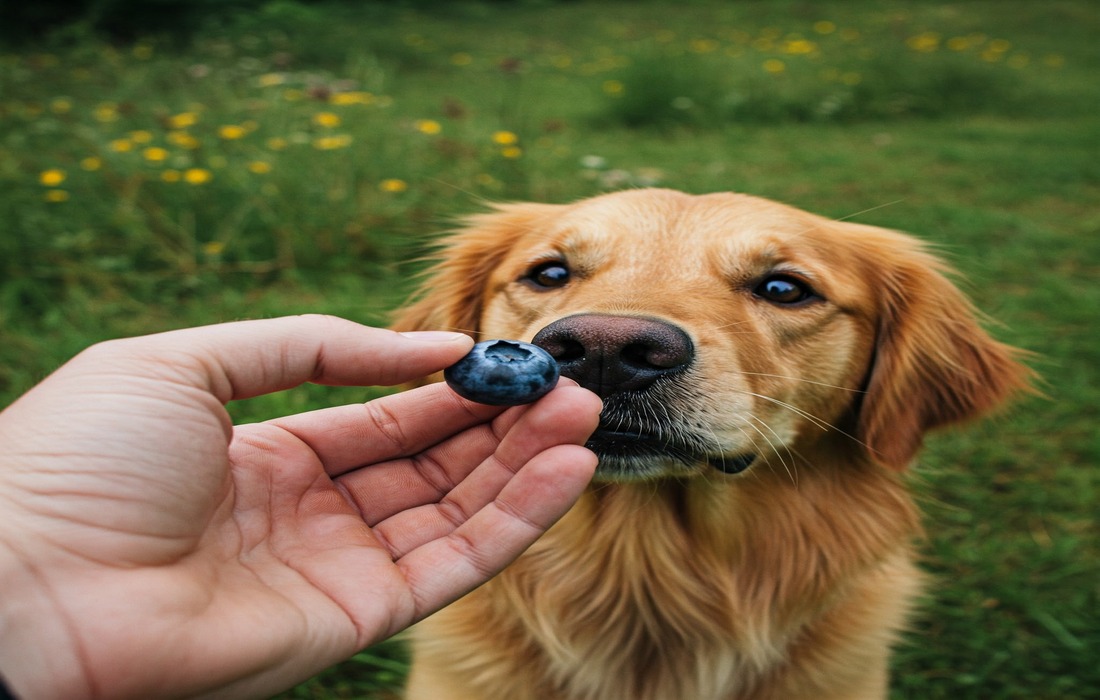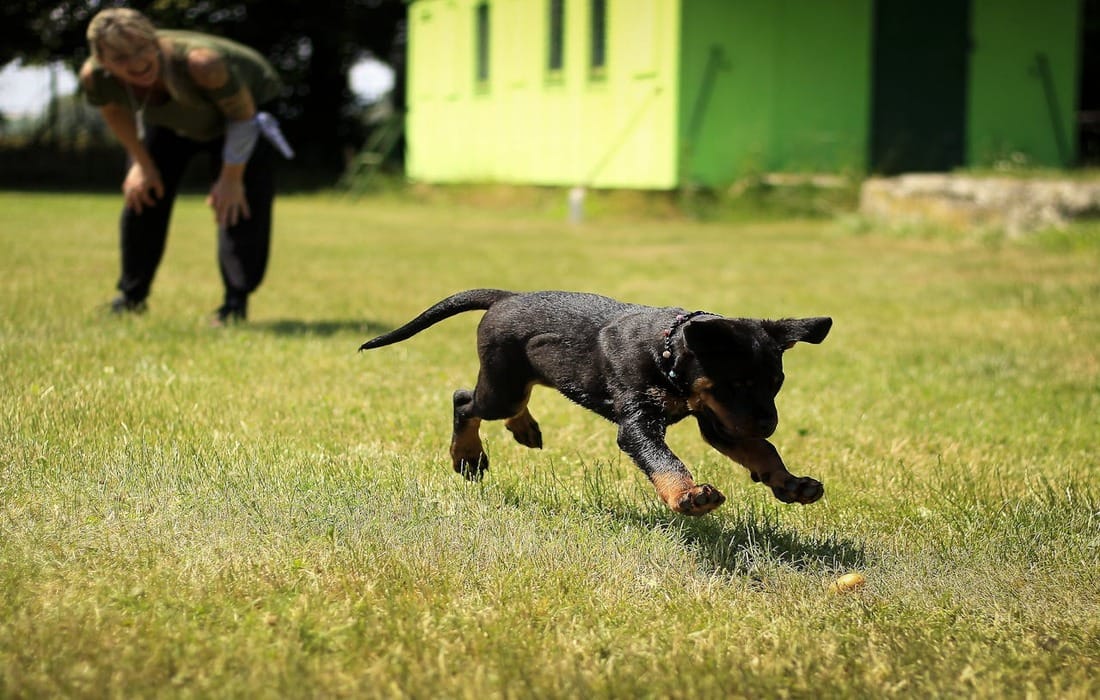Can dogs eat celery? The short answer is yes, they can—but there’s more to it than just handing over a stalk. Celery is a low-calorie vegetable packed with vitamins and minerals, making it a healthy snack option for your pup when prepared correctly. However, there are some important precautions to keep in mind. Whether it’s ensuring bite-sized pieces to avoid choking or avoiding harmful seasonings, a little preparation goes a long way in making this crunchy treat safe and enjoyable. If you’re considering adding celery to your dog’s snack list, keep reading to learn how to do so safely while maximizing its benefits.
Nutritional Benefits of Celery for Dogs
Celery isn’t just a crunchy snack for humans—this green veggie offers impressive nutritional perks for dogs too. Packed with essential vitamins and minerals, celery provides a low-calorie, hydrating, and fiber-rich treat that supports your pup’s overall well-being. Let’s break down the reasons why celery could make its way into your dog’s snack routine.
Essential Vitamins and Minerals
Celery delivers a variety of vital nutrients that benefit your dog’s health. Some of the key vitamins and minerals found in celery include:
- Vitamin A: Important for maintaining healthy skin and a shiny coat, while also supporting vision and immune system function.
- Vitamin B: This family of vitamins helps convert food into energy, ensuring your dog stays lively and active.
- Vitamin C: Acts as an antioxidant, reducing inflammation and supporting immune defenses.
- Potassium: Critical for muscle function and maintaining proper hydration.
- Manganese: Plays a role in nutrient absorption and bone health.
These nutrients work together to promote digestion, strengthen the immune system, and keep your dog healthy overall. Curious about why these vitamins are critical? The American Kennel Club’s guide provides deeper insights into celery’s role in canine nutrition.
Low-Calorie Snack Alternative
If your dog is carrying a few extra pounds, celery is a smart alternative to calorie-dense treats. With almost no fat and a very low-calorie count, celery can satisfy your pet’s snack cravings without jeopardizing their weight management. For dogs prone to obesity, swapping out traditional treats for celery is a small but impactful step.
Think of celery as the crunchy equivalent of a workout buddy—it keeps their snack time light and their waistline in check. Plus, the chewing action provides some enjoyment and mental stimulation, which is always a bonus.
Hydration and Fiber Content
One of celery’s standout features is its high water content, making it an excellent choice for keeping your pup hydrated—particularly during hot weather or after a strenuous play session. Dogs that don’t drink enough water can benefit from water-rich snacks like celery, as it helps support kidney function and overall hydration.
In addition to water, celery is loaded with dietary fiber, which promotes healthy digestion. Dogs with occasional constipation or irregular bowel movements may find relief through celery’s natural fiber boost. Just remember to start with small servings and monitor your dog’s response to avoid upset stomachs.
If you’re interested in more details, PetMD offers helpful information about celery’s digestive benefits for dogs.
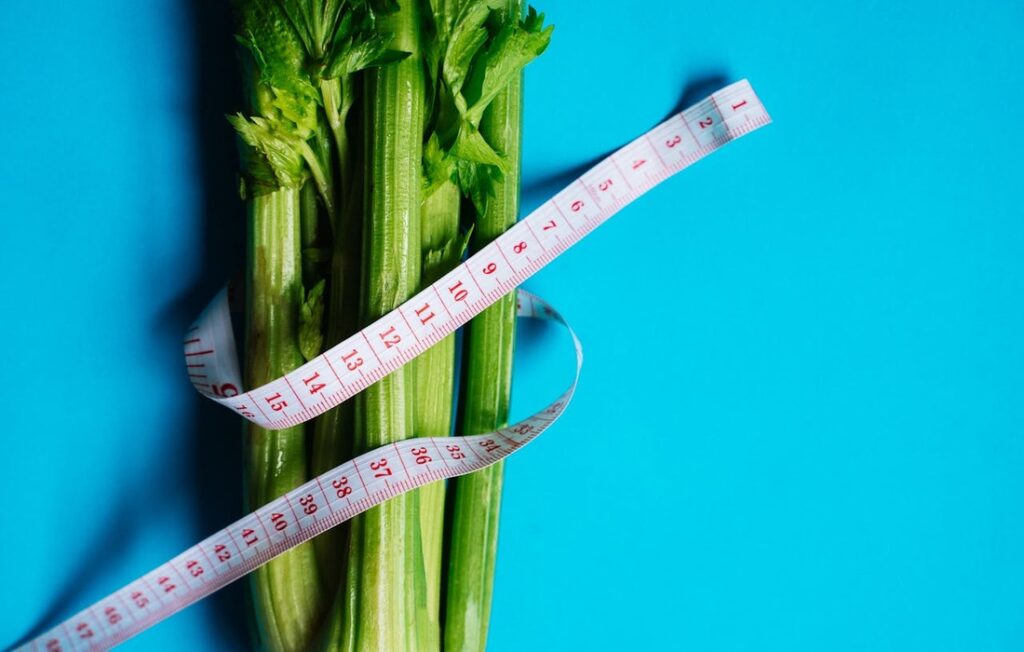

Keep in mind, while celery is a fantastic treat in moderation, it’s always wise to cut it into bite-sized pieces for safety and consult with your vet before introducing any new food to your dog’s diet.
How to Safely Feed Celery to Your Dog
Celery can be a fantastic addition to your dog’s diet when prepared and served correctly. However, like any new treat, it’s important to follow some key steps to ensure your pup enjoys it safely while reaping its benefits. Let’s explore how to prepare and serve celery to your furry friend, while keeping their health and safety in mind.
Preparation Steps
Before offering celery to your pup, some simple preparations can make the snack safe and enjoyable. Here’s what you need to do:
- Wash Thoroughly: Always start by washing celery under running water to remove dirt, pesticides, or any potential contaminants. Organic celery is a great choice if you’re looking to reduce exposure to harmful chemicals.
- Cut into Small Pieces: Dogs don’t chew their food as thoroughly as we do, so cutting celery into small, bite-sized chunks is essential. Doing so reduces the risk of choking, especially for smaller breeds. For larger dogs, you can still offer smaller, manageable segments to avoid any digestive issues.
- Check for Freshness: Fresh celery is the best option for your dog. Wilted or old celery may lose its nutritional value and could upset your dog’s stomach. A crisp stalk is your safest bet!
- Peel for Picky Eaters: If your dog struggles with chewing, you can peel off the outer fibrous layer to make celery easier to eat and digest.
Taking these steps before serving will make celery both delicious and safe for your dog. Always supervise them when they try it for the first time, as it’s crucial to observe how they handle the snack.
Serving Suggestions
Now that celery is prepped, how can you serve it? The good news is there are multiple ways to incorporate celery into your dog’s diet, depending on their preferences and dietary needs.
- Raw: Offering small, raw celery pieces is the simplest way to serve it. Its crunchy texture can even help clean your dog’s teeth and freshen their breath, much like a natural toothbrush. If this sounds like a win-win for your pup’s dental health, the American Kennel Club’s guide agrees that raw celery is a great option for dogs in moderation.
- Cooked: Gently steaming or boiling celery can soften it, making it easier to chew and digest. This is especially helpful for older dogs or those with weaker teeth. Just make sure to avoid adding salt or seasonings, as these can be harmful.
- Blended: Blend celery into a dog-friendly smoothie or mix it into homemade dog treats. Combining celery with fruits like carrots or apples can create a nutritious and hydrating snack that your pup will love.
- Toppers or Mix-ins: Use finely chopped celery as a topper on your dog’s regular meals. It adds a fun texture without overwhelming their usual diet.
Remember, moderation is key! Too much celery can cause digestive issues due to its high fiber content. If you’re curious about more creative celery ideas, resources like Purina’s article on celery for dogs provide fantastic suggestions while emphasizing safety.
By following these preparation and serving tips, you’ll ensure celery remains a healthy, enjoyable treat that your dog can safely enjoy.
Potential Risks of Feeding Celery to Dogs
While celery can be a healthy treat for dogs, it’s not without risks. Like any new food, it requires careful preparation and moderation to avoid potential issues. Let’s explore two primary concerns: choking and digestive upset.
Choking Hazards
Celery’s fibrous texture can pose a choking risk, especially for smaller dogs or those who tend to gulp down their food without chewing. This is why cutting celery into small, bite-sized pieces is essential before serving. Think of it as a safety net—this simple step ensures your dog can chew and swallow without difficulty.
- Why is size important? Dogs lack the flat molars humans use to grind food, so they rely on swallowing chunks whole. Large pieces of celery can easily become lodged in their throat. To mitigate this, cut celery into tiny, manageable sizes based on your dog’s breed.
- Supervision is key. Always keep an eye on your pet when introducing new foods to ensure they handle it well and don’t choke.
For more tips on safe feeding practices, the American Kennel Club highlights the importance of preparation when feeding celery to dogs.
Digestive Upset
Celery contains a lot of fiber, which can be beneficial in small amounts but problematic if overfed. Dogs with sensitive stomachs may experience digestive distress, including bloating, gas, or diarrhea, after consuming too much celery.
Watch for these signs of an upset stomach:
- Excessive gas or bloating
- Nausea or vomiting
- Loose stools or diarrhea
If you notice any of these symptoms, take a step back and adjust your dog’s portion sizes. Start with small amounts and monitor their response before making celery a regular addition to their diet. This approach helps to avoid overwhelming their system and allows their digestive tract to adapt.
For additional insights on managing fiber intake, check out this guide from PetMD, which explains how celery can affect canine digestion.
Moderation and preparation can go a long way in reducing these risks and ensuring celery remains a safe and enjoyable snack for your furry companion.
What to Watch Out For
Celery can be a nutritious snack for dogs, but like any food, it requires some caution to ensure your pup enjoys it safely. From avoiding harmful additives to monitoring their digestion, here’s what every pet owner should keep in mind.
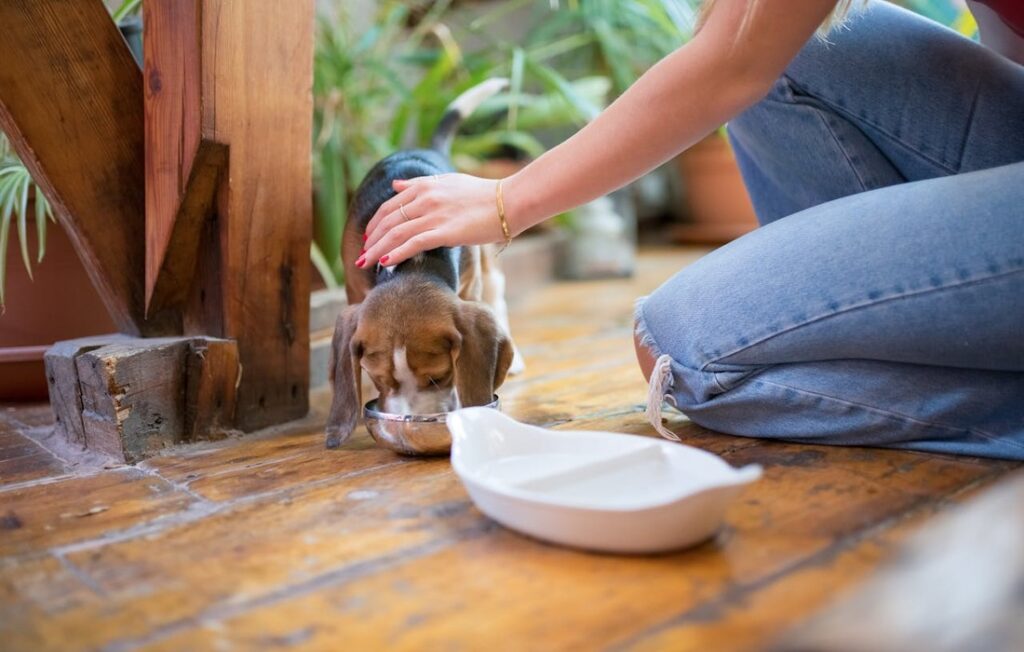

Avoiding Salt and Toxic Ingredients
When feeding celery to your dog, simplicity is key. While it might be tempting to share some of your prepared celery dishes, it’s critical to avoid serving celery with salt or toxic ingredients. Why? Additives like sodium, onions, or garlic can harm your dog—even in small amounts.
Here are a few things to remember:
- Avoid Seasonings: Keep celery plain. Skip seasoning, butter, oils, or any spices, as most can irritate your dog’s stomach.
- Steer Clear of Toxic Foods: Celery served in soups, stews, or mixed dishes often contains onions and garlic—two ingredients that are toxic to dogs. Even in trace amounts, these can lead to serious health issues.
- Cut the Salt: High sodium content in flavored celery dishes can strain your dog’s kidneys and potentially cause dehydration.
Sticking to raw or lightly cooked celery ensures your dog gets all the health benefits without unnecessary risks. For additional insights, the American Kennel Club’s guide offers excellent advice on preparing celery safely.
Observing Your Dog’s Reaction
Introducing new foods like celery into your dog’s diet requires some observation. Just as humans can have unique reactions to certain foods, your pup may need time to adjust. So, how do you know if celery agrees with your dog? Pay attention to their digestion and behavior after consumption.
Here’s what to watch for:
- Signs of Upset Stomach: Look for symptoms such as vomiting, diarrhea, or excessive gas. These can indicate that your dog’s digestive system isn’t tolerating celery well.
- Allergic Reactions: Although rare, some dogs may show sneezing, itching, or skin irritation after eating celery.
- Overeating Issues: Celery is high in fiber, and too much of it can lead to loose stools or even diarrhea.
To start, offer a small piece and monitor their reaction for the next 24 hours. Gradually increase portions if no adverse effects appear. A helpful resource like The Spruce Pets explains how to safely introduce new foods to your dog and what to monitor.
It’s always better to err on the side of caution. If in doubt, or if you notice concerning symptoms, consult your vet to ensure celery is a good fit for your pup’s diet.


Keeping these precautions in mind will help you offer celery as a safe and healthy treat that both you and your furry friend can feel good about!
Benefits of Celery for Dogs
When it comes to healthy snacks for dogs, celery might not be the first thing that comes to mind, but it certainly deserves a spot on the list. Beyond being low-calorie and packed with nutrients, celery offers unique benefits for your dog’s dental health and emotional well-being. Let’s break it down further.
Dental Health Benefits
Did you know celery can work like nature’s toothbrush for your dog? Its naturally crunchy texture helps scrape away plaque and tartar as your pup chews. This mechanical action not only aids in keeping teeth clean but also freshens their breath—a win-win for both you and your furry friend!
Here’s how celery makes a difference:
- Plaque Removal: The fibrous consistency acts like a gentle scrub for your dog’s teeth, reducing plaque buildup over time.
- Breath Freshening: Celery’s high water content helps wash away food particles, which can cause bad breath. It’s like giving your dog a mini rinse after their meals.
For more on how celery benefits canine oral health, check out this guide from The Spruce Pets, which emphasizes its plaque-fighting potential.
If your dog isn’t a fan of brushing, using celery as a treat is a simple and natural way to support their dental hygiene. Just be sure to cut the stalk into bite-size chunks to keep things safe.
Calming Mechanism
Chewing isn’t just a fun activity for dogs—it’s also a form of stress relief. That’s where celery steps in. The repetitive act of chewing can help calm anxious dogs, making it a fantastic snack for nervous pups.
Why does this work? Here’s the science:
- Stress Reduction: Chewing triggers the production of serotonin, the “feel-good” hormone, which can help soothe anxiety.
- Mental Stimulation: For dogs that tend to get bored or restless, gnawing on a healthy snack like celery can keep their mind occupied in a positive way.
In situations where your dog might feel uneasy—such as thunderstorms or being left home alone—offering celery as a calming distraction can work wonders. Resources like MetLife Pet Insurance’s article also highlight celery’s role in promoting relaxation through chewing.
It’s amazing to think that something as simple as a celery stick can contribute not only to your dog’s physical health but also to their emotional well-being. Give it a try and notice the difference it can make during stressful moments.
Common Questions About Celery and Dogs
When it comes to incorporating celery into your dog’s snack routine, it’s important to address some of the most common questions pet owners have. From how to prepare it to the right portion size, let’s explore everything you need to know to safely introduce this crunchy vegetable to your furry friend.
Can Dogs Eat Cooked Celery?
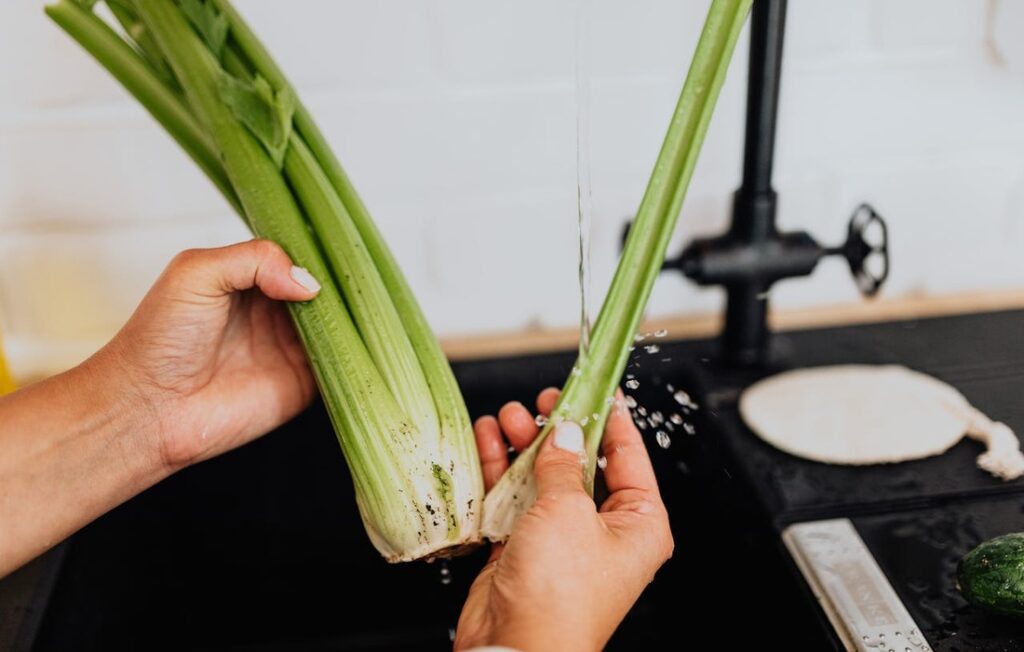

Yes, dogs can eat cooked celery! Both raw and cooked celery are safe options for canine consumption, but there are a few differences to keep in mind. Raw celery retains its full nutritional profile, including high water content, fiber, and essential vitamins like A, C, and K. On the other hand, cooked celery loses some of its nutrients during the heating process, especially water-soluble vitamins like vitamin C. However, cooking softens the texture, making it an excellent option for senior dogs or pups with dental sensitivities.
Key considerations for cooked celery:
- Always prepare it plain—no salt, butter, or seasoning, as these can upset your dog’s stomach or be downright harmful.
- Steam or boil celery lightly to maintain as many nutrients as possible.
- Cool it down before serving to ensure your dog’s safety.
If you’re looking for more specific pointers, this AKC guide explains the differences between raw and cooked celery for dogs.
What Portion Size Is Safe?
When feeding your dog celery, moderation is crucial. While it’s low in calories and packed with beneficial nutrients, too much celery can lead to gastrointestinal upset, thanks to its high fiber content.
Portion guidelines based on size:
- Small Dogs (e.g., Chihuahuas, Pomeranians): 1–2 small pieces, no larger than a quarter of an inch each.
- Medium Dogs (e.g., Beagles, Cocker Spaniels): 3–4 small slices or pieces.
- Large Dogs (e.g., Labradors, German Shepherds): 4–6 small chunks.
Frequency Tips: Celery should be treated as an occasional snack, not a meal substitute. Offering it no more than 1–2 times a week is ideal to avoid overloading your pet’s digestive system.
For your dog’s safety, always monitor how they react when you introduce celery. Start small, observe for any signs of an upset stomach, and adjust portion sizes accordingly. This PetMD resource provides more details on appropriate serving sizes for dogs, depending on weight and age.
By following these guidelines, you can safely incorporate celery into your pet’s diet as a nutritious and enjoyable treat!
Dos and Don’ts of Feeding Celery to Your Dog
When it comes to feeding celery to your dog, a little knowledge goes a long way. Celery is not a default snack for dogs, but when prepared and served correctly, it can be an occasional healthy treat. To make sure it’s a safe experience for your furry friend, let’s break down the dos and don’ts of offering celery to your dog.
Dos: Ensuring Safe and Healthy Treats
Here are the actions you should take to ensure celery becomes a positive addition to your dog’s diet:
- Wash Celery Thoroughly Always rinse celery under running water to remove any dirt, pesticides, or residues that may be harmful to your dog’s health. If you’re buying non-organic celery, this step is especially crucial.
- Introduce Gradually Start with small pieces to gauge your dog’s reaction. This approach not only helps you monitor their digestion but also ensures that your dog isn’t overwhelmed by the fiber content. Gradually increase the amount if your pup enjoys it and shows no adverse effects.
- Cut into Bite-Sized Pieces Celery has a fibrous texture that can pose choking hazards, particularly for smaller breeds. Be sure to chop it into small, manageable chunks based on your dog’s size.
- Consult Your Vet Before adding celery or any new snack to your dog’s diet, it’s always a good idea to check with your veterinarian. This is especially important if your dog has pre-existing health conditions or food sensitivities.
- Watch Their Reaction After giving your dog celery, observe them for any signs of discomfort or digestive upset. Symptoms like diarrhea, bloating, or vomiting mean celery might not agree with their system.
For more detailed guidance on safe feeding practices, check out this guide from the American Kennel Club.
Don’ts: Avoid These Pitfalls
While celery can be beneficial, there are certain mistakes to avoid to keep it safe for your pup:
- Don’t Feed Large Pieces Dogs generally don’t chew as thoroughly as humans, which makes large chunks of celery a choking hazard. This is especially true for smaller breeds or puppies.
- Avoid Using Salt or Seasonings Celery should be served plain—no salt, butter, oils, or spices. Seasonings can upset your dog’s stomach, and certain ingredients (like garlic or onion powders) can be toxic.
- Don’t Overdo It on Fiber While celery is packed with fiber, too much can lead to diarrhea or other digestive issues. Balance is key—celery should be a treat, not a staple.
- Skip the Leaves Celery leaves may sometimes contain higher pesticide concentrations. For this reason, it’s safer to discard them before feeding the stalks to your dog.
- Don’t Rely on Celery for Nutrition Celery can supplement your dog’s diet but shouldn’t replace meals or core snacks. Dogs require a balanced diet to thrive, and celery alone doesn’t meet their nutritional needs.
By keeping these dos and don’ts in mind, you’ll ensure that celery is a positive, safe treat for your dog. For more tips on feeding celery to dogs, visit this helpful article by Purina.
Whether it’s a crunch-filled snack or a hydration booster, celery can be a fun addition to your dog’s menu when served safely and in moderation.
Final Thoughts
Celery can be a safe, healthy snack for your dog when served in moderation and prepared properly. Its rich nutrients, crunchy texture, and hydrating properties are great bonuses, but safety should always come first. Always wash celery thoroughly, cut it into bite-sized pieces, and test with small portions to ensure your pup tolerates it well.
If you’re looking for a nutritious treat that doubles as an occasional dental aid, celery is a fantastic choice, as long as it’s plain and free of harmful additives. Remember to watch for any signs of digestive upset and consult your vet if you’re ever unsure.
What’s your experience with feeding celery to your dog? Share your thoughts, or pass along this guide to a fellow pet owner exploring snack options!




